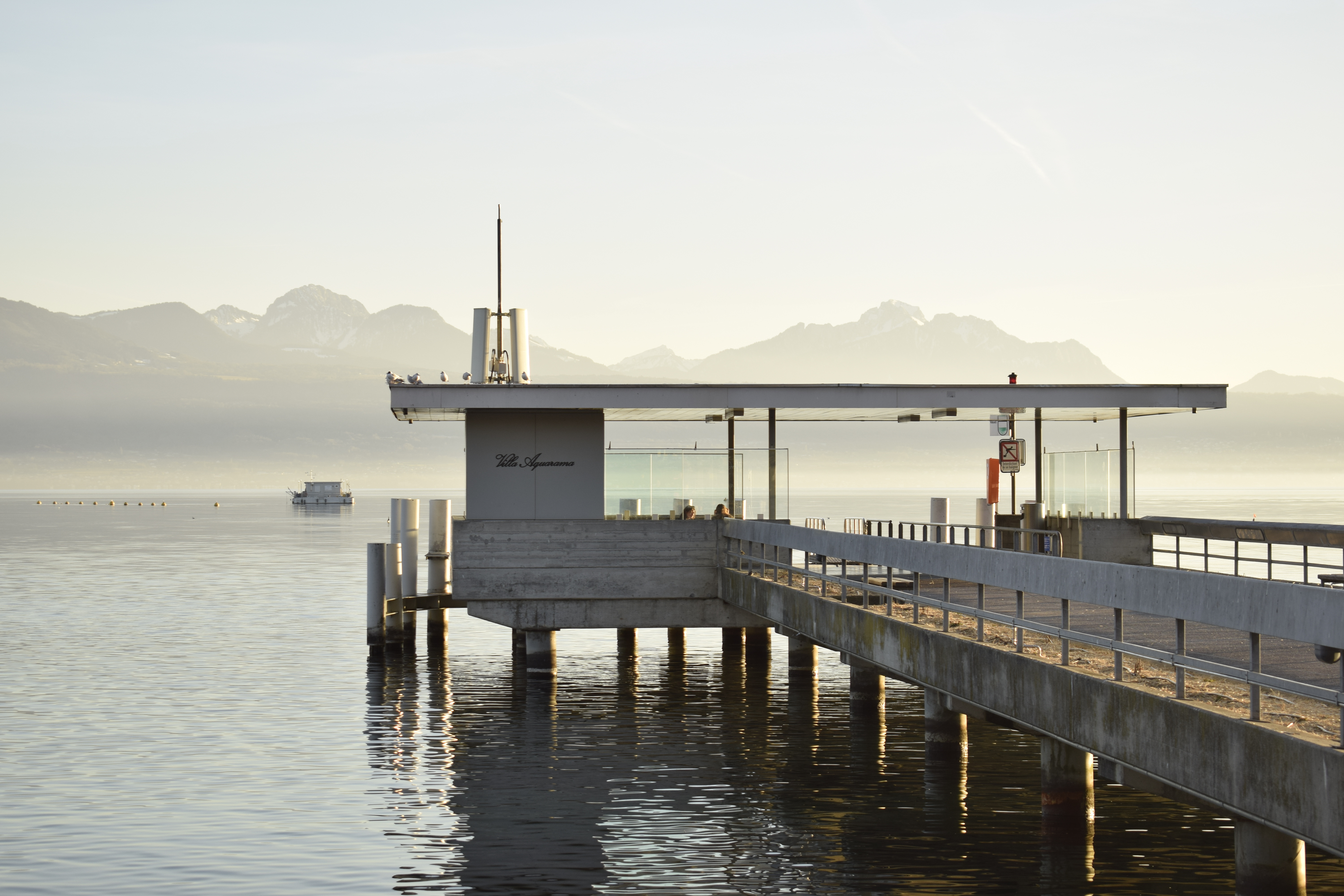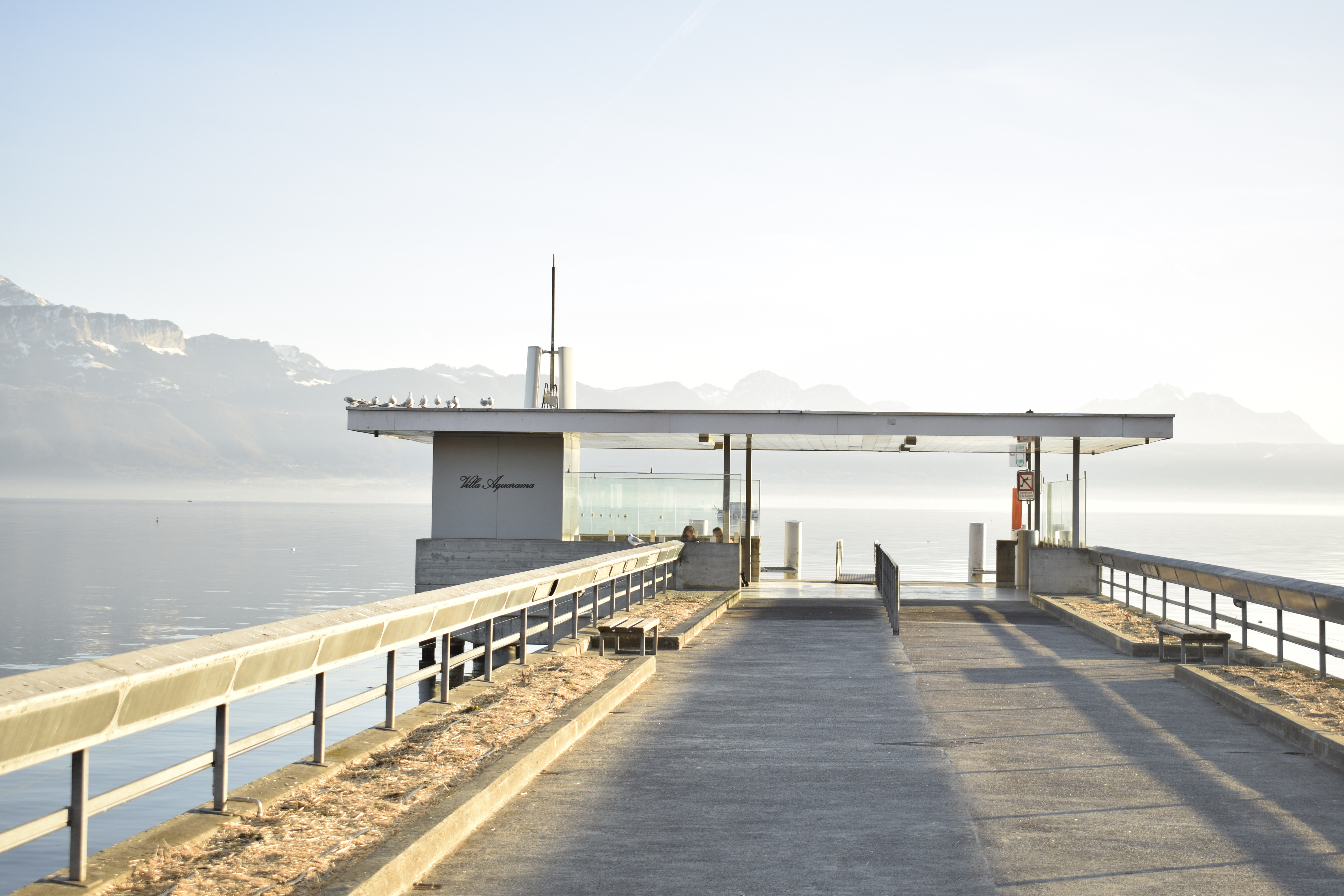The principle of form-function is a generalization that states how the form of an element relates to its function. This idea can be traced back to the Roman architect and engineer Vitruvius, who wrote in “De architectura” that “function determines form.” Many people believe that there is a direct connection between form and function, meaning that the way something looks can indicate what it does. This is especially true in design and architecture, where the design of a building often reflects its intended use.
ORR is pleased to present “Villa Aquarama,” a new exhibition by Clément Grimm.
This intervention uses a form similar to that of a health club/spa or a hotel, with the name and logo on the facade serving to help people easily identify what the building might represent. By extracting an element from its normal context, the artist questions the relationship between form and function.
The focus of “Villa Aquarama” is on the narrative, as the artist does not reveal their intention to change the function of the space used for the work. Instead, they leave open the possibility of multiple interpretations that reflect on the identification and use of the space. The viewer becomes an integral part of the work by completing it in relation to their own references and memories associated with the logo and name chosen by Clément.
It is important to note that the principle of form-function reversal is not universal and cannot be applied everywhere.
Since this principle is based on observations and experiences of a place, it cannot be applied in situations where
there has been no observation or experience on the part of the viewer.
In other words, Clément Grimm indicates to us that if we want something to be transformed, it is enough to tell it differently. Identifying commonalities between seemingly unrelated things provides us with a guide or better said an evocation to create new things and stories, based on our collective observations and experiences with existing elements or systems.
- “Villa Aquarama” preview in Pully, Switzerland






